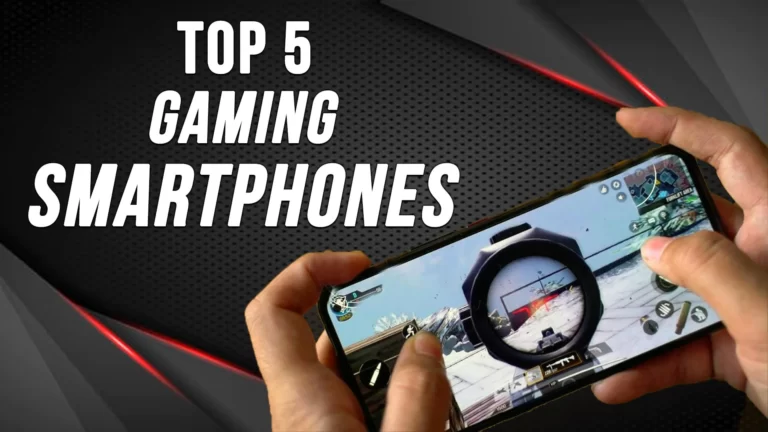Snapdragon 8 Gen 1 vs Snapdragon 8+ Gen 1: What’s New
Qualcomm, broadly viewed as the leading chipmaker for Android telephones, has got slammed for its lead chipsets’ low exhibition and battery duration. Samsung’s Exynos 2200 and Mediatek Dimensity 9000 are supposed to be better than Qualcomm’s contributions. Presently, Qualcomm has divulged the Snapdragon 8+ Gen 1, which vows to resolve every one of the issues of the Snapdragon 8 Gen 1. All in all, will the Snapdragon 8+ Gen 1 beat its ancestor.
Which has been sent off just a half year prior? We chose to do a Snapdragon 8 Gen 1 versus Snapdragon 8+ Gen 1 correlation to check whether Qualcomm has tended to the intensity and choking issues. Here, we test the Snapdragon 8 Gen 1 against the Snapdragon 8+ Gen 1 in light of the CPU, GPU, ISP, AI motor, modem, and remote network. From there, the sky is the limit. Along these lines, how about we get everything rolling!
Snapdragon 8 Gen 1 versus Snapdragon 8+ Gen 1: Detailed Comparison
Helped Performance Of CPU In Snapdragon 8+Gen 1
First, we will do a CPU examination of both the Snapdragon 8 Series lead chips. With practically similar determinations, the two CPUs highlight ARM’s freshest v9 design (64-bit), which vows to help the exhibition and save battery in your telephone. The main distinction is Qualcomm has utilized the TSMC’s 4nm interaction instead of Samsung’s innovation to construct Snapdragon 8+ Gen. As per them, it will determine the warming issues.
With Snapdragon 8+ Gen 1, Qualcomm has moved down and seems to address the power proficiency issue. Profoundly, three Cortex A710 (2.5GHz) centers and four Cortex A510 (1.8GHz) centers. Snapdragon 8+ Gen 1 has similar centers; just the Cortex-X2 center is the time at 3.2GHz. That means that the CPU’s presentation has expanded by 10%. Additionally, Qualcomm expressed a power effectiveness increase of 30% in the new chipset. So it might give an additional 5.5 long periods of discussion time, 50 minutes of online entertainment application utilization, and 17 hours of music playback.
GPU Comparison
Then, we will discuss GPU in the Snapdragon 8 Gen 1 versus Snapdragon 8+ Gen 1 examination. Both incorporate Qualcomm’s Adreno 730 GPU with Snapdragon Elite Gaming and HDR gaming support. Qualcomm professed to expand the GPU clock speed by 10% and lessen GPU power use by 30% on the new chipset. Be that as it may, there are no authority determinations. Accordingly, the gamers will like the Snapdragon 8+ Gen 1’s GPU execution and power proficiency because of the warming and warm precariousness issues.
Both 8 Gen 1 and 8+ Gen 1 have standard Qualcomm highlights like volumetric delivery for unmatched authenticity, HDR gaming with 10-digit variety profundity, and Rec. 2020 variety range for designed escalated games. Moreover, the Snapdragon 8+ Gen 1 highlights a Variable Rate Shading Pro for a more liquid gaming experience. Generally speaking, the Snapdragon 8+ Gen 1 GPU has a massive upgrade in power proficiency and clock speed.
Also Read: Android 13 Beta 2 Announced At Google I/O 2022
ISP
The Snapdragon 8 Gen 1 and the Snapdragon 8+ Gen 1 have practically identical triple 18-digit picture signal processors (ISP). It can record 3.2 gigapixels each second and handle 200MP sensors. You may record 8K HDR films at 30fps (4K at 120fps) and take a 64MP preview with no shade inactivity. It can record 30 photographs in a moment for low-light photography and mix them to make a more brilliant, more apparent picture. The triple ISP also upholds staggered HDR, multi-outline catch, Dolby Vision, and triple openness to kill commotion in caught photographs and recordings.
Examination Of AI and ML Features
Qualcomm has remembered a similar seventh-era AI Engine for the Snapdragon 8+ Gen 1, equivalent to 8 Gen 1. However, we lack its TOPS measurement; the AI motor can perform 27 trillion activities each second and gives 13 TOPS for INT16 tasks. The new chip gives 20% more noteworthy execution per watt, expanding the battery duration. It likewise has Qualcomm’s third-era Sensing Hub, which provides a low-power with AI framework for low-power responsibilities. The new design can successfully give AI encounters while upgrading warm effectiveness.
Modem and Wireless Connectivity
Both chipsets have Qualcomm’s most recent Snapdragon X65 5G modem on their rationale board. It upholds different organizations, frequencies, and data transmissions universally and can surrender rates to 10Gbps. The 5G modem likewise keeps transporter accumulation. The two processors incorporate Qualcomm’s FastConnect 6900 Mobile Connectivity System, which upholds Wi-Fi 6 and 6E with rates up to 3.6Gbps. The new chipset is similar to the most recent Bluetooth 5.3 norm, LE Audio, and Qualcomm aptX Lossless innovation.
Last Verdict
Qualcomm seems to have tackled the intensity issue with the Snapdragon 8+ Gen 1. With 30% power effectiveness in the CPU and GPU, it might set new benchmarks for lead Android telephones. So that was our Snapdragon 8 Gen 1 versus Snapdragon 8+ Gen 1 correlation.
Thus, that is supportive of today. For additional updates, follow futurestock.







One Comment